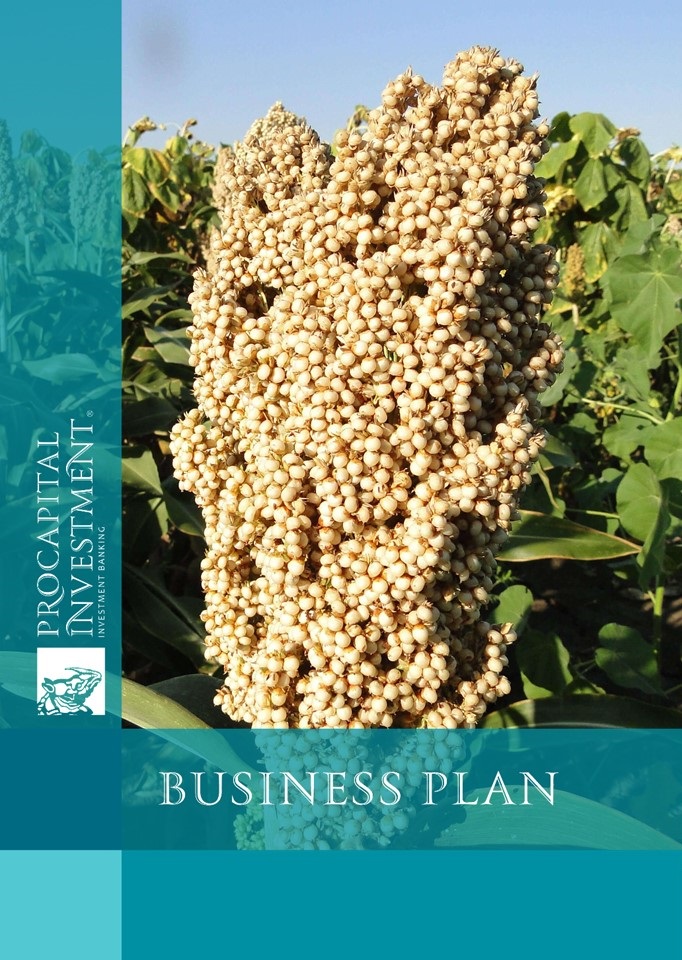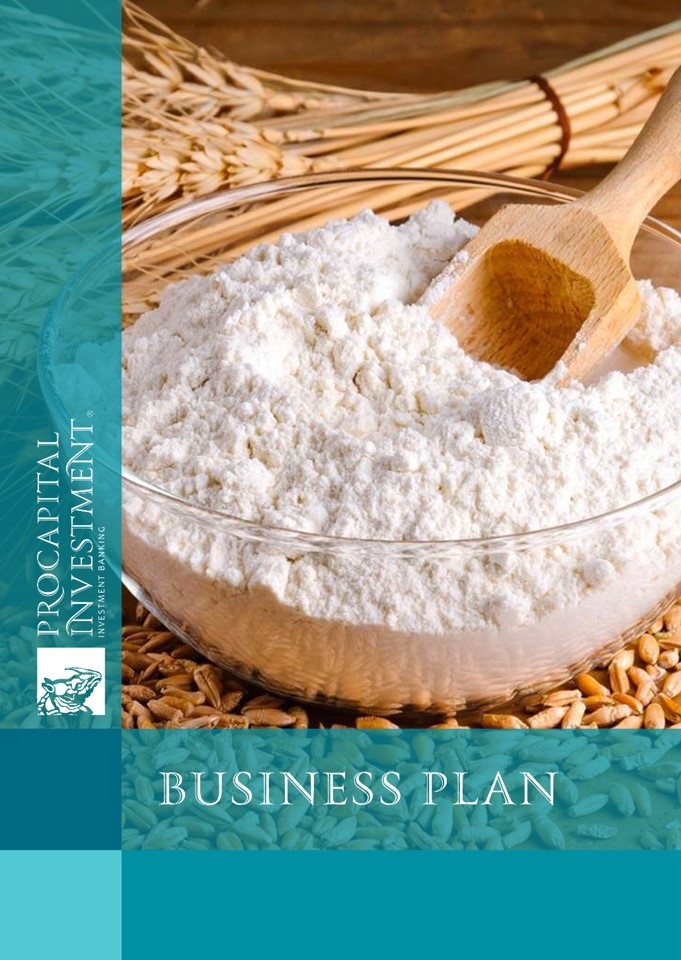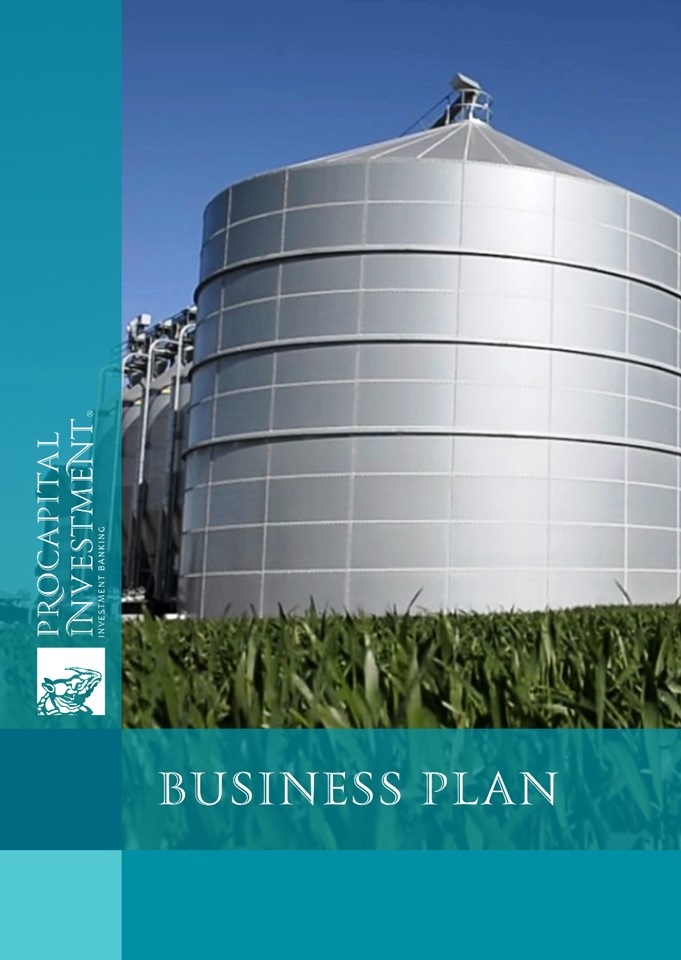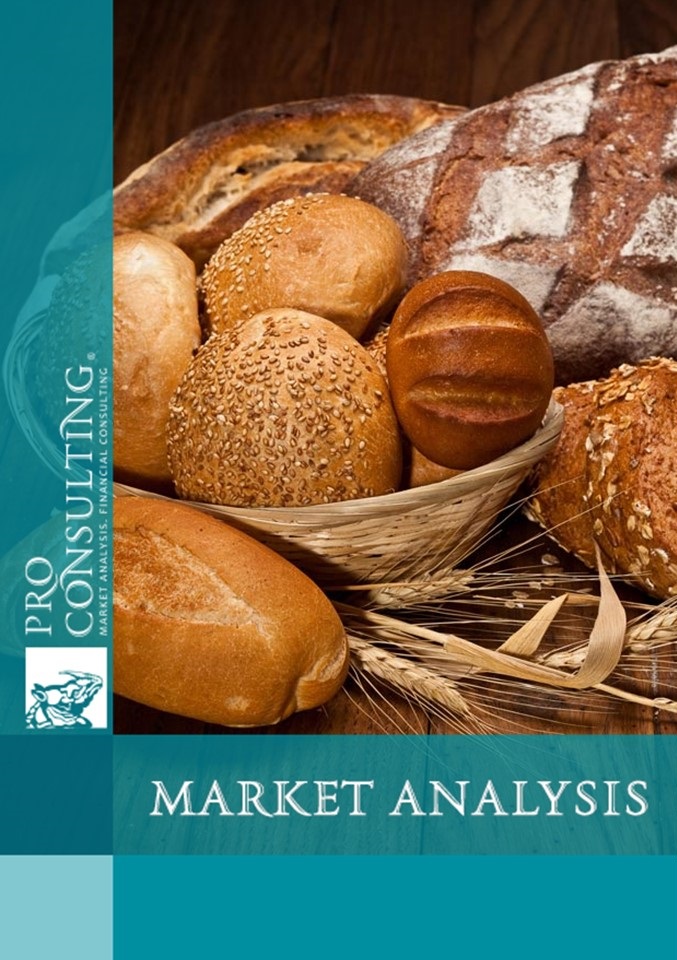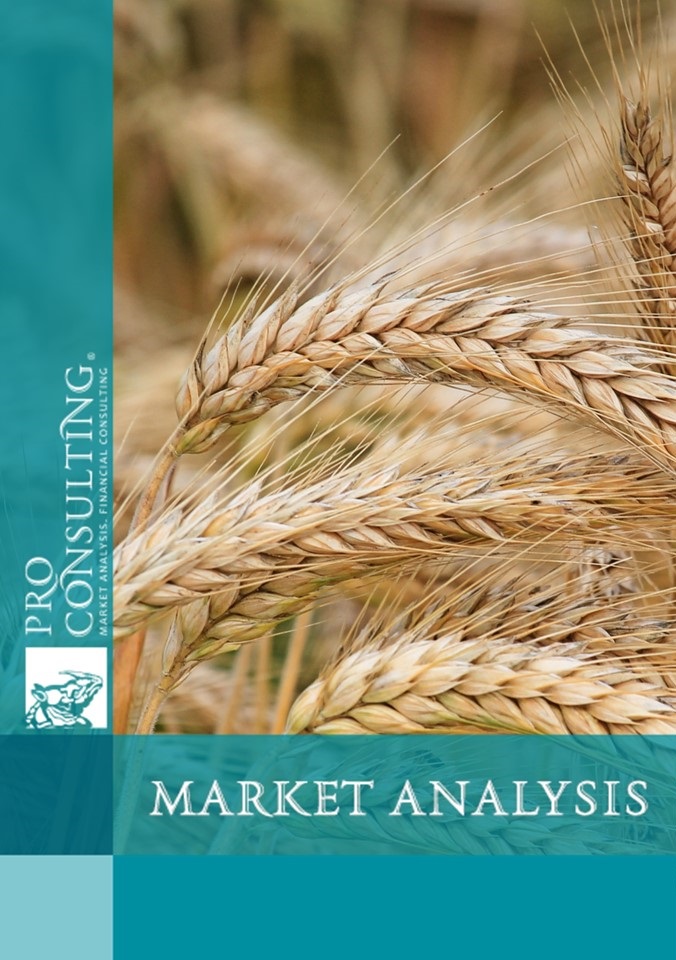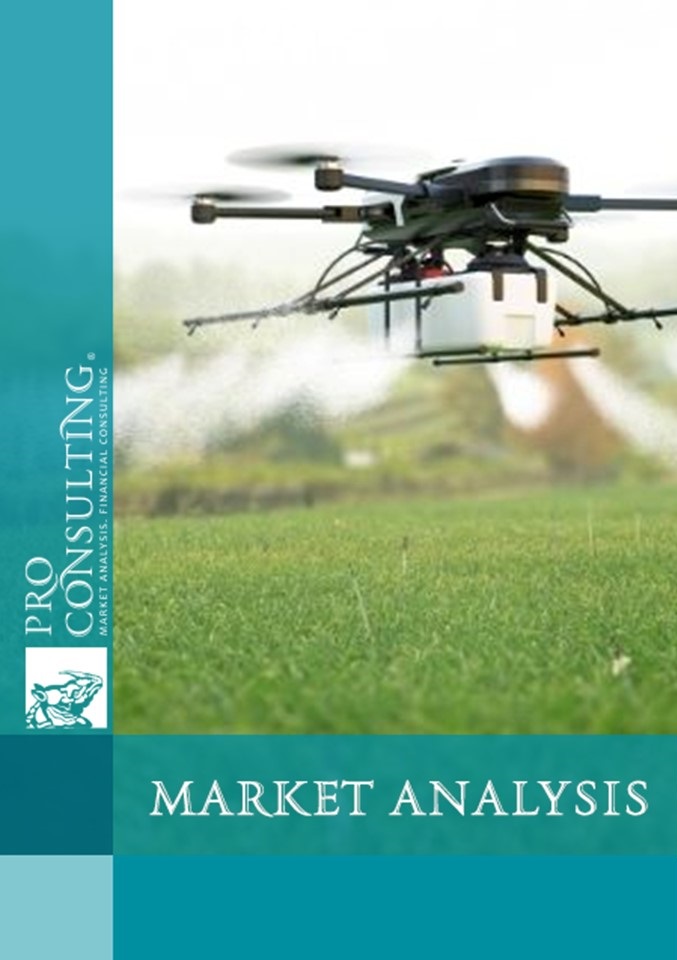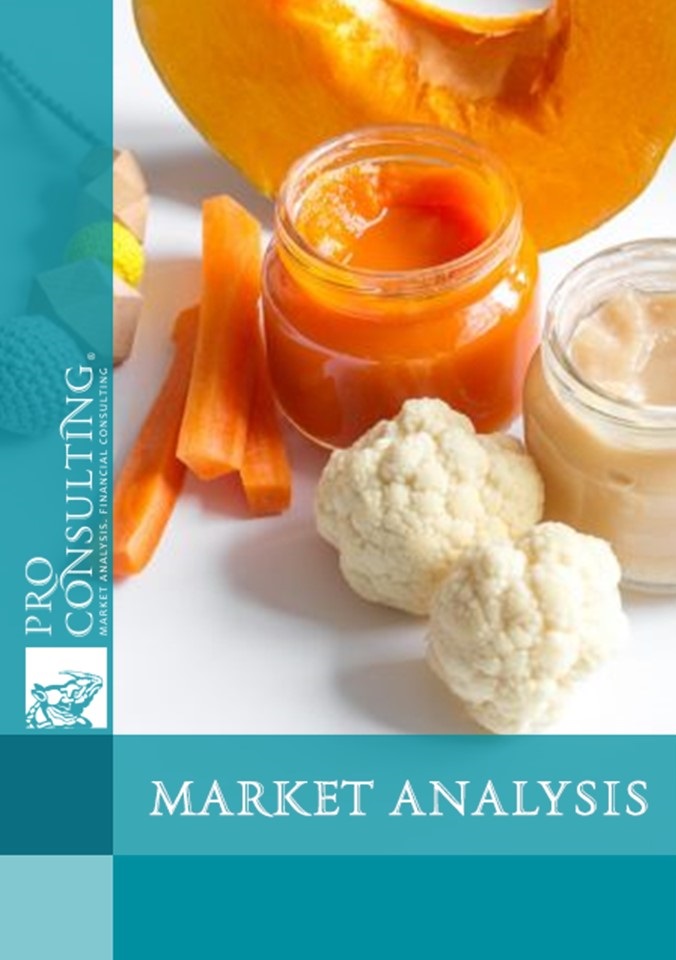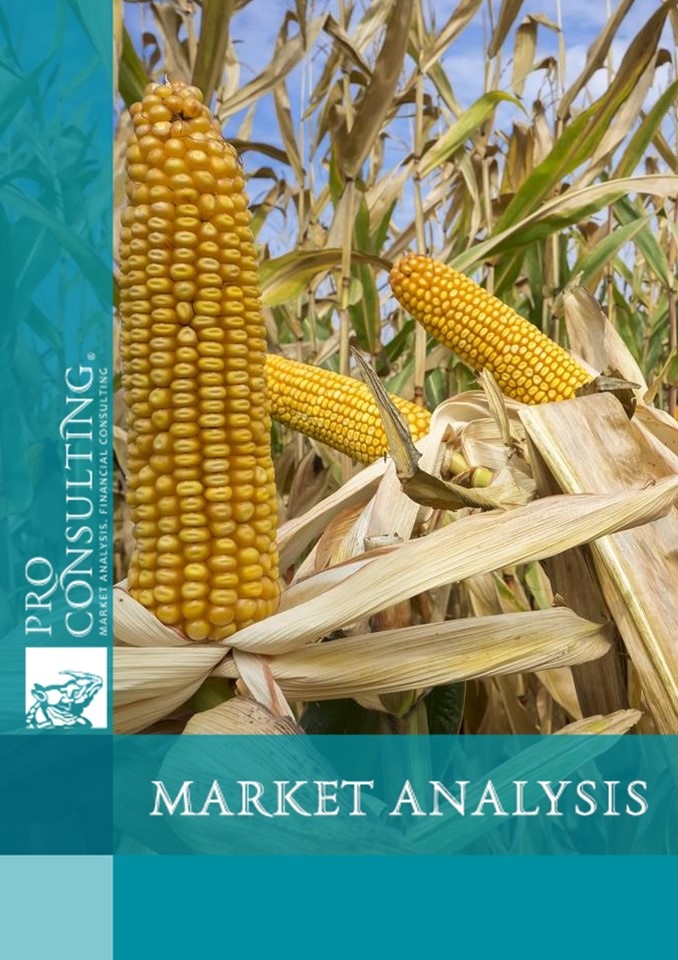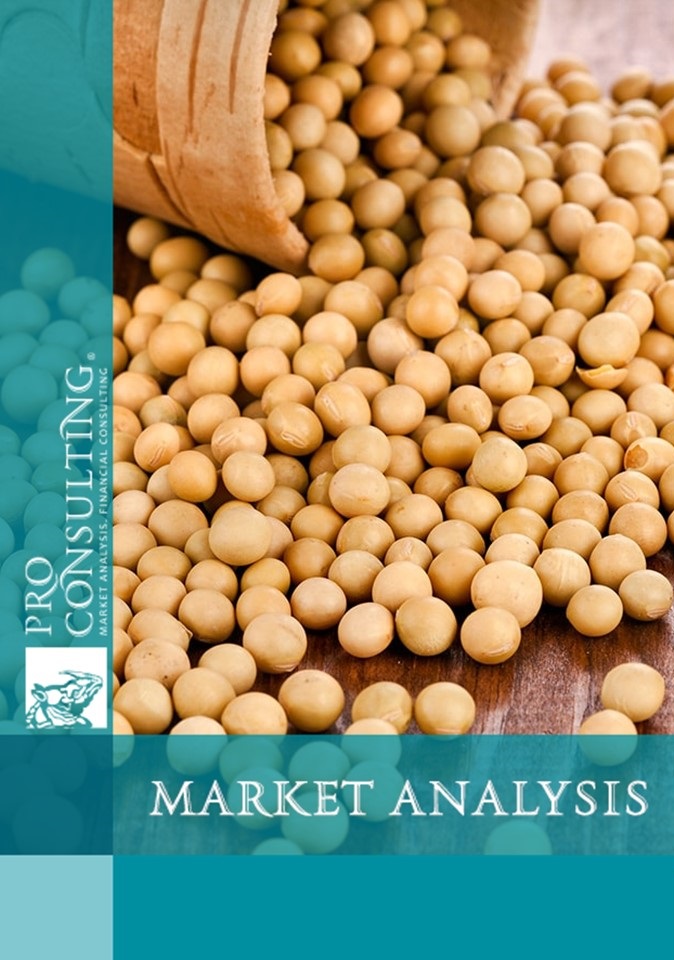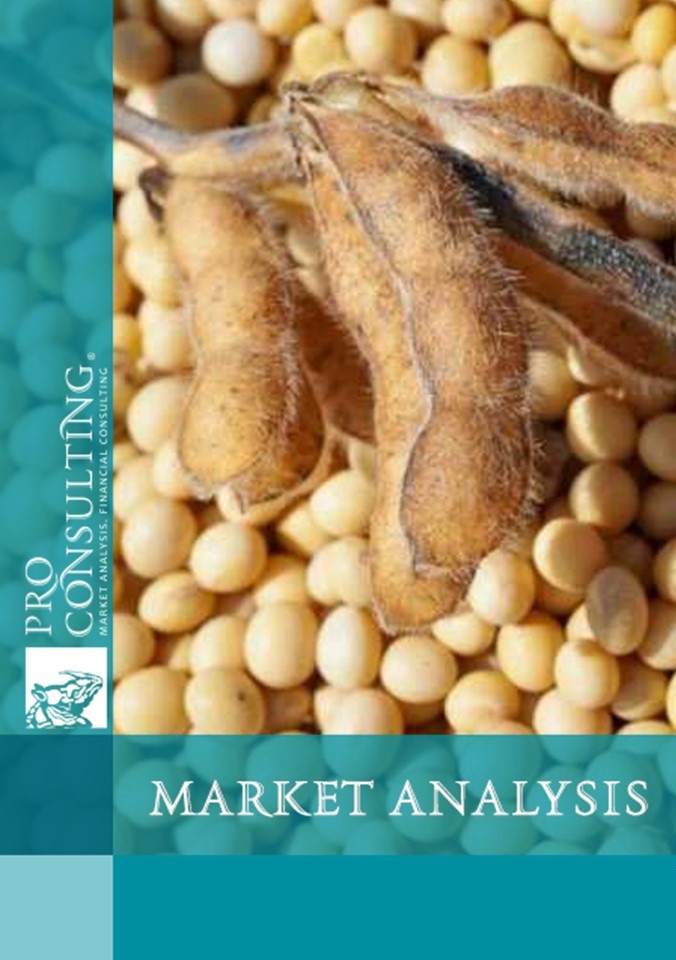Business plan for agricultural enterprise for growing and storing crops

| Date of Preparation: | December 2011 year |
| Number of pages: | 38 pages, including 22 applications, 57 tables, 28 figures (document prepared in Russian) |
| Payment method: | prepayment |
| Production method: | digital in Word + financial model in Excel |
- This project can be updated with your volumes, period and location
- You can order business plan for other project - сontact us
- You can also order market research for your business




The concept of the project:
<p
Content:
1. PROJECT SUMMARY
2. PROJECT
2.1. PROJECT DESCRIPTION
2.1.1. Goals and objectives of the Project
2.1.2. Sources of funding for the project. Areas of investment
2.1.3. Network Diagram implementation and financing of the Project
2.2. PRODUCTION PROCESS PROJECT
2.2.1. Location of the Project, the circuit area
2.2.2. The manufacturing process
2.2.2.1. The description of technology of cultivation of crops
2.2.2.2. Description grain storage technology
2.2.3. Characteristics of production capacity
2.2.3.1. Agricultural machinery
2.2.3.2. Elevator
2.2.4. Characteristics of products
2.2.4.1. Cereals
2.2.5. Source of raw materials
2.2.5.1. Cereals
2.2.6. Cost of production
2.2.6.1. Cost of cultivation of grain
2.2.6.2. Cost of the work elevator
2.2.7. Footage. Personnel policy
2.2.8. Laws and regulations affecting
2.2.8.1. Cereals
2.2.8.2. Taxation of Agricultural Producers
2.3. Grains Market in Ukraine
2.3.1. Overview of crops
2.2. GROWTH DYNAMICS AND IMPLEMENTATION OF GRAINS
2.3.3. The main producers of grains market
2.3.4. Foreign trade in grains market of Ukraine
2.3.5. Price dynamics and changes in the value of the market for cereals in Ukraine
2.3.6. Forecast of the industry and the investment attractiveness of Ukraine's grain
2.4. FINANCIAL ASSESSMENT PROJECT
2.4.1. Prerequisites for the calculations and reasoning
2.4.2. The sales forecast for the Project
2.4.3. Generation of profits for the Project
2.4.4. Forecast cash flow for the Project
2.4.5. The breakeven point for the Project
2.4.6. Justification structuring of credit (grace period. Repayment schedule)
2.4.7. Justification loan servicing capabilities. Debt service ratio
2.4.8. Evaluation of investment attractiveness of the Project
2.4.9. Sensitivity analysis of the Project
2.5. RISK ANALYSIS
2.5.1. Factor analysis of project risks
2.5.1.1. Risks of loss of profits and consumer risks
2.5.1.2. Resource risk and implementation
2.5.1.3. Bureaucratic and administrative risks
2.5.1.4. Financial risks
2.5.2. Risk reduction strategies
2.6. SWOT-analysis
3. CONCLUSIONS
4. NOTES
Applications:
Appendix 1. Aggregates for Project
Appendix 2. Project Settings
Appendix 3. Sources of financing and the total cost of the Project
Appendix 4. Agricultural Technology for the Project
Appendix 5. The project implementation schedule and funding sources
Appendix 6. Repayment of the loan and the payment of interest on the Project
Appendix 7. Service Schedule Credit for Project
Appendix 8. The calculation of depreciation for the Project
Appendix 9. Staffing for the Project
Appendix 10. Costing of the cultivation of grain (wheat, barley, corn)
Appendix 11. Sales Plan
Appendix 12. Projected profit and loss statement for the Project
Appendix 13. Projected statement of cash flows
Appendix 14. Diagram of operating expenses and income for the Project
Appendix 15. Budget balance
Appendix 16. Formation profit
Appendix 17. Break-even 2-7 years
Appendix 18. The calculation of the internal rate of return for the Project
Appendix 19. The calculation of the performance of its project activities
Appendix 20. The discounted payback period
Appendix 21. The calculation of scenarios for business development
Appendix 22. Evaluation scenarios for business
List of Tables:
Table 1. Project Summary
Table 2. Destinations of investment
Table 3. Project schedule and fundraising
Table 4. Costing cultivation of crops
Table 5. The necessary agricultural equipment
Table 6. Equipment for the elevator
Table 7. Total cost of equipment for the elevator
Table 8. The composition of wheat grain as a whole,%
Table 9. Nutritional value of wheat per 100 g
Table 10. Nutritional value of corn per 100 g
Table 11. Nutritional value of barley per 100 g
Table 12. Standard on sowing qualities of seeds of crops
Table 13. The cost of cultivation of wheat
Table 14. The cost of cultivation of barley
Table 15. The cost of growing corn
Table 16. The cost of the gas supply to the plant, UAH with VAT per 1,000 cubic meters. cm
Table 17. The cost of the elevator (energy consumption per year of work)
Table 18. Staffing for the Project
Table 19. A comparative analysis of the permissible levels of toxic elements
Table 20. A comparative analysis of the maximum permitted levels of mycotoxins
Table 21. Comparative analysis of maximum permissible levels of radionuclides in cereal
Table 22. Key Balance Sheet of Ukrainian market of cereals in 2008-2011, mln t
Table 23. The grain harvest in Ukraine (wheat, barley, corn), 2010-2011, million tons
Table 24. Progress harvesting in all categories of farms 2009-2011, (November 1, 2011.)
Table 25. Rating of wheat in 2010 (market share,% *)
Table 26. Rating of barley in 2010 (market share,% *)
Table 27. Rating of maize in 2010 (market share,% *)
Table 28. Ownership of agricultural land in Ukraine by major market operators 2011.,
Table 29. The structure of exports of grain crops in 2006-2011., In kind, thousand tons
Table 30. Rating exporters of wheat, 2010 (market share,% *)
Table 31. Rating exporters of barley in 2010 (market share,% *)
Table 32. Rating exporting corn, 2010 (market share,% *)
Table 33. The main importing countries of crops in 2010-2011.
Table 34. Dynamics of prices for feed wheat, U.S. dollars / ton (bid, EXW, processing)
Table 35. Dynamics of prices for feed barley, U.S. dollars / ton (bid, EXW, processing)
Table 36. Dynamics of prices for feed corn, U.S. $ / ton (bid, EXW, processing)
Table 37. Prerequisites for the formation of the sales plan
Table 38. Depreciation Group I. fixed assets - land
Table 39. Depreciation Group ІI plant and equipment - capital costs for improvements to land, no construction-related (at least 15 years)
Table 40. Depreciation Group III fixed assets - buildings (the life of at least 20 years)
Table 41. Depreciation Group IV, plant and equipment - equipment (life of not less than 5 years)
Table 42. Depreciation on all fixed assets
Table 43. Depreciation Group V intangible assets
Table 44. Depreciation for the Project as a whole
Table 45. Sales Forecast for the Project
Table 46. Sales Structure for the Project
Table 47. Profit and Loss Statement for the Project
Table 48. Formation profit Project
Table 49. Efficiency of the Project
Table 50. Operating expenses for the Project
Table 51. Sampling schedule of loan repayment
Table 52. Ratio DSCR
Table 53. Performance Indicators
Table 54. The sensitivity of the Project to change sales price
Table 55. The sensitivity of the Project to change the volume of sales
Table 56. Sensitivity to changes in the cost of the Project
Table 57. SWOT-analysis
List of graphs and charts:
Figure 1. Investment targets
Figure 2. Financial schedule of the Project
Figure 3. Organization of the Project
Figure 4. The dynamics of productivity in the context of the main crops in the Ukrainian market in 2009-2011.
Figure 5. The structure of grain production in the context of categories of farms in 2010,% (in real terms)
Figure 6. Structuring statements depending on crop production in 2010,% (collected by squares)
Figure 7. Dynamics of export of grain in 2006-2011., In terms of money, millions of dollars
Figure 8. The structure of grain exports in 2011 (January-September),% (in real terms), thousand tons. Structure of imports by types of crops in 2010,% (in real terms). Structure of imports by type of grain crops in 2011 (January to September),% (in real terms)
Figure 9. Dynamics of import volume in 2006-2011., In terms of money, millions of dollars
Figure 10. The ratio of imports and exports of grain crops in 2008-2011. (Monetary value),%
Figure 11. Change in the price of staple crops in 2009-2011., U.S. dollars / ton (bid, EXW, processing)
Figure 12. Sales Structure Project
Figure 13. Formation profit of the Project
Figure 14. Revenue costs of the project
Figure 15. Operating expenses
Figure 16. Schedule breakeven agricultural enterprise for growing grain 2 year
Figure 17. Schedule breakeven agricultural enterprise for growing crops year 3
Figure 18. Schedule breakeven agricultural enterprise for growing crops 4 year
Figure 19. Schedule breakeven agricultural enterprise for growing cereals 5 year
Figure 20. Schedule breakeven agricultural enterprise for growing crops 6 year
Figure 21. Schedule breakeven agricultural enterprise for growing crops 7 year
Figure 22. Chart loan service
Figure 23. The dynamics of debt-servicing ratios for the project
Figure 24. The internal rate of return
Figure 25. Payback Project
Figure 26. Correlation of NPV and price changes
Figure 27. Correlation of NPV and changes in the volume of sales
Figure 28. The correlation of changes in the cost and NPV

